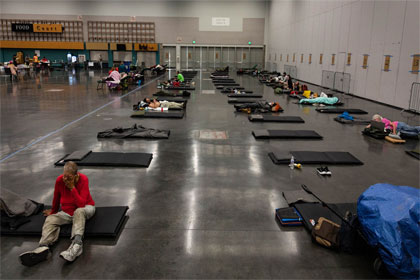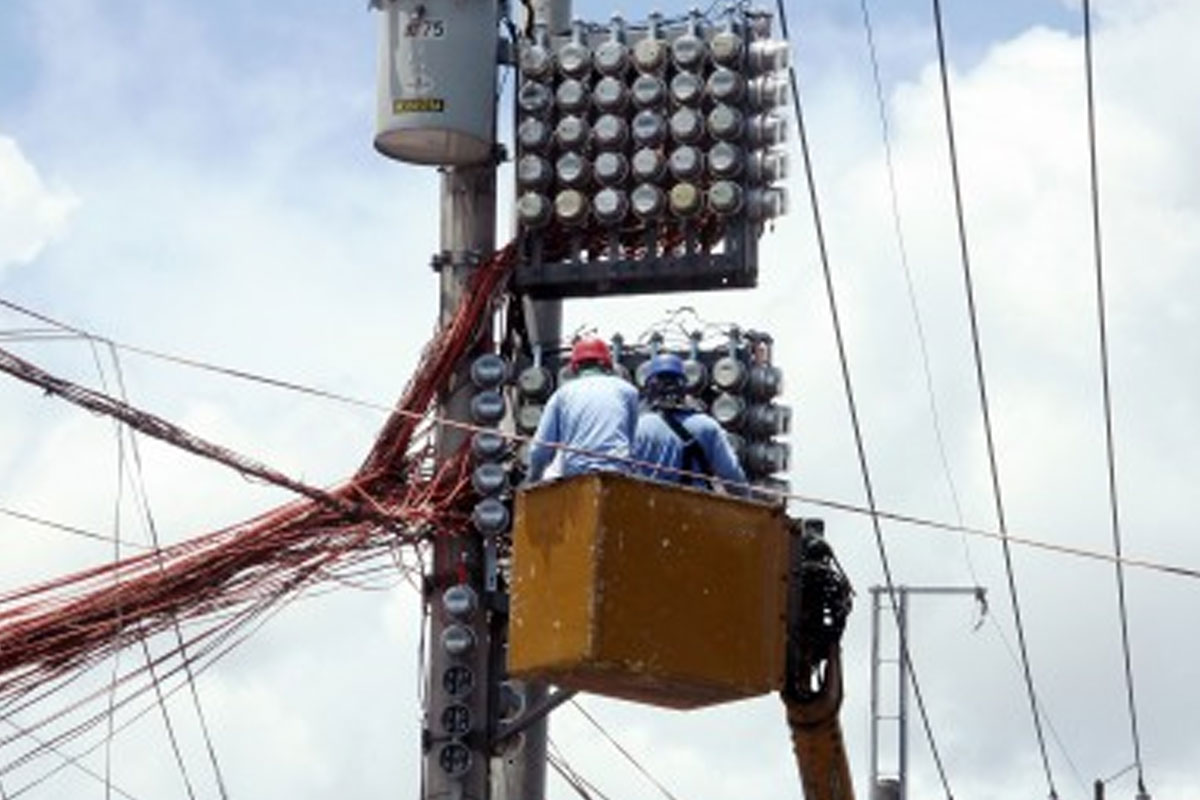
Why UFO sightings are here to stay
Miriam Kramer, author of Space
 Illustration of a poster of a UFO hovering over a landscape with copy that reads, “I Believe”.
Illustration of a poster of a UFO hovering over a landscape with copy that reads, “I Believe”.
Illustration: Aïda Amer/Axios
The U.S. government’s hotly anticipated report on UFOs does not lend any credence to the belief that intelligent aliens have visited Earth. But that idea is in many Americans’ heads, and it’s there to stay.
The big picture: People want to believe.
Early accounts of the report even suggested that it would not claim that these objects are alien in origin, but that didn’t stopped the speculation that these UFOs — or unidentified aerial phenomenon (UAPs), in military speak — could be proof of intelligent alien life come calling.
Some experts worry that the release of the report will just continue to fuel conspiracy theories and anxiety for years to come.
What’s happening: The public version of the UFO report, which Congress demanded last year, found no evidence that aliens were responsible for any of the UAPs investigated.
However, the investigators weren’t able to find explanations for all of the reports they looked into, leaving the door open for more conspiracy theories to develop.
Why it matters: Instead of tamping down anxieties and conspiracies, it’s possible the release of this report will actually stoke them — even if it says they’re unfounded.
With this report, the government is “telling people that there is something that is potentially threatening. They’re also telling people that they were lied to for 80 years,” psychiatrist Ziv Cohen told Axios.
“I think the problem is when the government tells you that [they] were lying to you, then that makes people naturally think, ‘Are they telling us the truth now?'”
Between the lines: Much of the public interest around UAPs recently was stoked in 2017 when the New York Times published a widely read story about a Pentagon program to investigate UFOs.
Since then, new videos and eyewitness accounts have continued to stoke the public’s imagination about what these UAPs could be.
After years of dismissiveness, the Defense Department has suddenly started taking UFO sightings much more seriously, at least publicly.
“I would say that from 2017 to now has been like one large, cresting wave to the present and the forthcoming report, and then within that, there are lots of little smaller, ups and downs,” Sarah Scoles, author of the book They’re Already Here on UFO culture, told Axios.
Reality check: There are plenty of scientists searching for life out there in the solar system and universe, but the scientific quest to find life somewhere out there has nothing to do with UFOs or UAPs.
NASA’s Perseverance rover on Mars now is searching for possible signs of past life on the Red Planet, while the agency plans on sending new missions to Venus in the coming years that could tell us more about its habitability in the past and even present.
Researchers focusing on SETI — the search for intelligent life — don’t assume that aliens with faster-than-light technology have visited us. Instead, they search the skies for radio waves that technologically advanced civilizations could have produced and inadvertently sent into space.
Go deeper
 Axios
Axios
Jacob Knutson, Gigi Sukin
Jun 25, 2021 – Politics & Policy
U.S. government releases highly anticipated UFO report
Photo: /AFP via Getty Images
The U.S. government on Friday released a landmark report, mandated by Congress, examining “unidentified aerial phenomena” witnessed by U.S. military personnel over recent years.
Driving the news: While the report found no evidence of aliens, it did find that UAPs could pose a threat to national security. The report issued by the intelligence community and the Department of Defense did not definitively determine what the military personnel saw.
Go deeper (1 min. read)
Miriam Kramer
Miriam Kramer, author of Space
Jun 24, 2021 – Science
Looking at Earth like an alien planet
 Earth and the Moon as seen from Mars. Photo: NASA/JPL-Caltech/Univ. of Arizona
Earth and the Moon as seen from Mars. Photo: NASA/JPL-Caltech/Univ. of Arizona
Twenty-nine potentially habitable planets orbiting relatively nearby stars were in in a position to spot Earth in the past 5,000 years and possibly detect radio waves from our planet, according to a new study.
Why it matters: If intelligent life is out there, chances are it’s searching for us too and any theoretical astronomers on these worlds would have been in a position to observe our planet in much the same way as Earthlings study distant stars and planets today.
Go deeper (1 min. read)
Andrew Freedman
12 mins ago – Energy & Environment
Northwest “heat dome” signals global warming’s march
 Residents gather in a public cooling shelter set up at the Oregon Convention Center during a heat wave in Portland on June 26, 2021. (Maranie Staab/Bloomberg via Getty Images)
Residents gather in a public cooling shelter set up at the Oregon Convention Center during a heat wave in Portland on June 26, 2021. (Maranie Staab/Bloomberg via Getty Images)
The dangerous heat wave enveloping the Pacific Northwest is shattering weather records by such large margins that it is making even climate scientists uneasy.
Why it matters: Infrastructure, including heating and cooling, is built according to expectations of a “normal” climate. Human-caused climate change is quickly redefining that normal, while dramatically raising the likelihood of events that simply have no precedent.
Go deeper (2 min. read)
Northwest “heat dome” shows the extreme impacts of climate change
Andrew Freedman
Climate change is dramatically raising the likelihood of events that simply have no precedent.
Axios gets you smarter, faster with news & information that matters.
axios.com


















